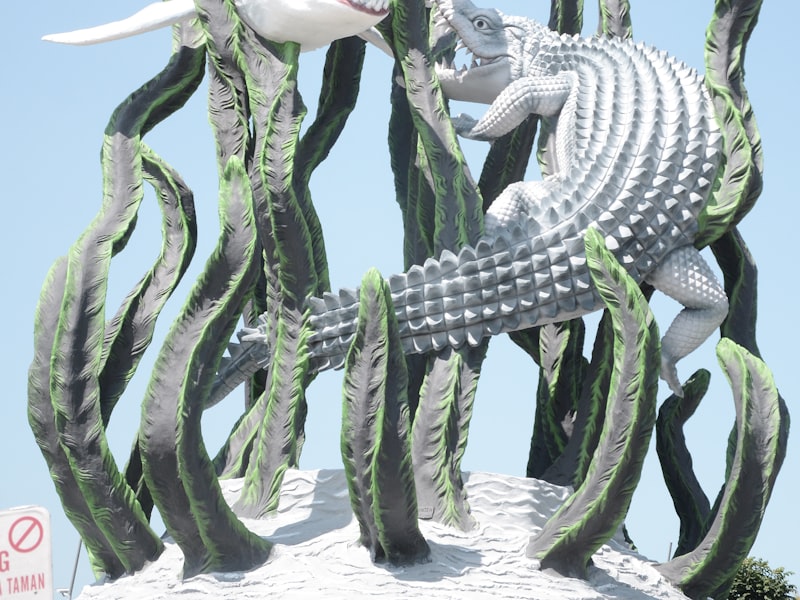How You Can Enhance Benefit In Shrimp Farming

Modern shrimp farming really pointed in the "Reagan era." Marine shrimp are farmed in dugouts, impoundments, ponds, raceways and tanks. Today over fifty countries have shrimp farms. Using the increasing cost of electricity and the greenhouse gases it causes, all shrimp farms need solar aeration to replace the electrically operated aeration systems. Shrimp aren't unique of some other living creature; they require oxygen, clean water, and sunlight. They grow faster in warmer climates where one can sometimes produce three crops a year if you are close enough towards the equator.
The leaders in shrimp farming within the Eastern Hemisphere are Thailand, Vietnam, Indonesia, India and China. Malaysia, Taiwan, Bangladesh, Sri Lanka, The Philippines, Australia and Myanmar have large shrimp farming industries. Mexico, Belize, Ecuador and Brazil would be the leading producers inside the Western Hemisphere. You'll find shrimp farms in Honduras, Panama, Colombia, Guatemala, Venezuela, Nicaragua and Peru. The us, Western Europe and Japan would be the major shrimp importing nations. They have got high-tech shrimp farming however production is insignificant. Saudi Arabia and Iran generate the most farmed shrimp in the centre East.
Shrimp farms work with a one or two-phase production cycle. Together with the one-phase production cycle the shrimp spend a short period in acclimation tanks, they are positioned straight into the growout ponds. Farms that use the two-phase production cycle stock juvenile shrimp from hatcheries in nursery ponds and several weeks latter transfer them to growout ponds. The shrimp need aeration in all phases of growth and solar aeration is the most suitable answer. Hatcheries sell two products: Nauplii, that are tiny, newly hatched, first stage larvae, and postlarvae who have already develop from the three larval stages. Good aeration produces water that is clean and healthy nauplii, postlarvae and shrimp. Solar aeration is the greatest investment for just about any shrimp farm which is currently available.
Shrimp normally spawn during the night business women may produce 50,000 one,000,000 eggs, which hatch in one day. The initial larval stage is nauplii, which appear like tiny aquatic spiders. The nauplii go after their egg-yoke reserves for 2 days. The nauplii then metamorphose into zoeae, which may have feathery appendages. Zoeae feed on algae and formulated feeds for three to 5 days then metamorphose into myses. Myses are just beginning look like shrimp plus they go after algae, formulated feeds and zooplankton. Myses metamorphose into postlarvae, which appear like adult shrimp. Postlarvae go after zooplankton, detritus and commercial feeds. In the day the eggs hatch up until postlarvae are ready to be gone after the farm takes about 25 days. To keep the item healthy, all larvae stages need adequate aeration, and solar aeration could be the right response to preserve our water quality and the planet green.
There are every size of hatcheries at home operations to medium and large-scale operations. All hatcheries need clean water and sunlight. It can be impossible to keep a wholesome shrimp life-cycle without aeration, which can be, Once more, best manufactured by solar powered energy.
Shrimp farmers next move the animals from nursery ponds within 1 month to growout ponds. This move boosts the survival rates of their juvenile shrimp and increases their profits. The best danger during the entire production cycle is virus problems, which can be avoided with sanitary conditions of fresh water with adequate aeration. Shrimp farming, like any business, is about producing the highest quality product for your most reasonably priced possible, in order that at the close from the business cycle there's a superior profit. Reducing electrical usage with solar aeration increases a greater profit.
More details about Thuy san visit our new site
